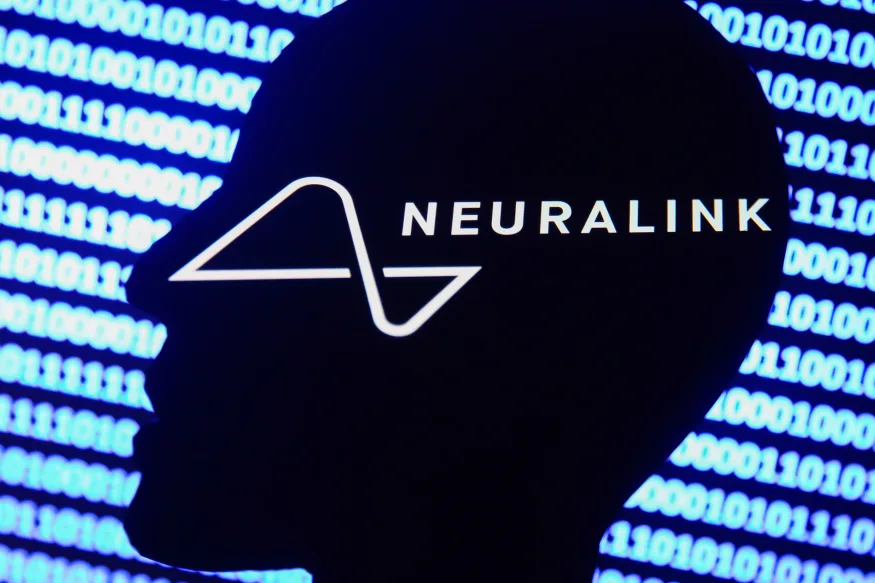It is finally happening. Elon Musk‘s Neuralink has opened the doors to its first human trials, known as the PRIME study. Though it arrives almost a year after its initial reveal and a month after its competitor, Synchron, the announcement marks a significant milestone in the field of brain-computer interfaces (BCIs).
It seems like science fiction is finally one step closer to coming to life
While flashy promises of learning Kung Fu from an SD card and mind-controlling your gadgets have been floating around, the company is, for now, focusing on the basic yet life-altering objective. Neuralink aims to test the safety and initial utility of its N1 system for people suffering from paralysis caused by spinal cord injuries or ALS. The goal is simple but groundbreaking: allow users to control a computer cursor or keyboard with mere thought.

However, the journey to this point wasn’t smooth. Neuralink found itself in hot water last year when allegations of animal cruelty surfaced, slowing down its research and prompting federal investigations. But having recently obtained FDA approval under the investigational device exemption, Neuralink is ready to forge ahead.
The technology involves a Utah Array, a complex grid of ultra-thin probes inserted into the patient’s brain by Neuralink’s specialized robot, R1. Unlike Synchron’s Stentrode, which can be implemented without surgery, Neuralink’s device requires a robotic keyhole surgical procedure. The system will convert the brain’s electrical signals into digital commands, essentially serving as a high-tech mediator between mind and machine.
The question now is, does the late entry and cautious approach put Neuralink at a disadvantage, or does it indicate a more meticulous and potentially successful route to integrating BCIs into daily life? With the trials finally underway, the tech world waits with bated breath for the outcomes, which could either catapult Neuralink to the forefront or set it back even further.
At this rate, Neuralink’s caution could be its greatest asset, making sure that every ‘i’ is dotted and every ‘t’ crossed. A full-scale application of Neuralink would be far easier if the company keeps treading the safer path.
RELATED:
- Elon Musk Expects Neuralink’s First Human Trial to Kick Off This Year
- Neuralink Receives Approval from FDA for Human Testing
- Best iPhone 15 Deals: Get Free iPhone 15 Pro at Carriers
(Via)







